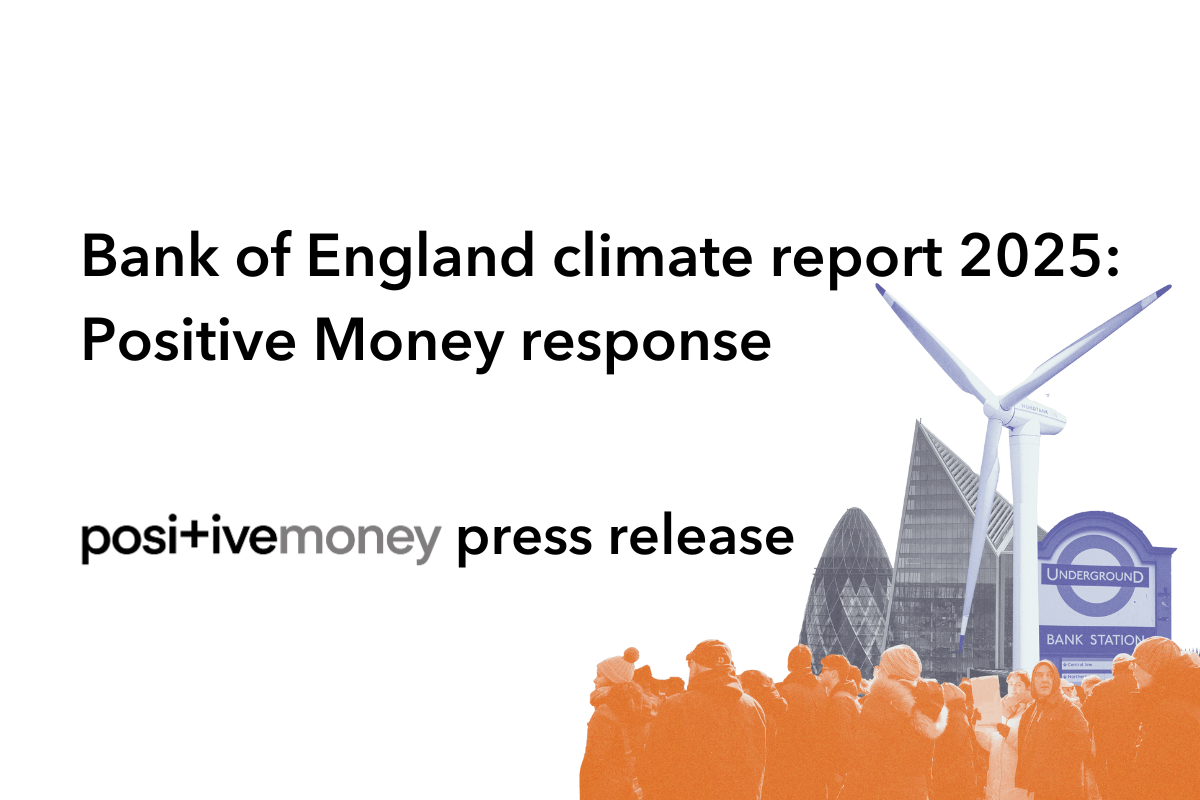
Green FinanceUK
26 June 2025
Landlords in England have gained over £400 billion in wealth thanks to real house price rises between 1990-2022
LONDON, 18 July 2023 – Landlords exiting the property market this year this year can expect to benefit from huge capital gain windfalls, as new research from think tank Positive Money finds that the value of privately rented homes in England jumped an average of 432% between 1990-2022.
Through an analysis of historic house prices and government housing stock records, they estimate that English landlords as a group have gained over £400 billion in property wealth thanks to rising house prices since 1990 (2020 inflation-adjusted prices). This is more than the GDP of South Africa, or around four times what the UK spends on education annually.
Broken down, this means that landlords who bought a home in 1990 and sold today will, on average, make £240,634 in capital gains per property – even accounting for a possible 5% house price decrease in 2023. Those who have owned for less than half that time – since 2008, specifically – can still expect to make a cool £94,263 in capital gains, on average.
For the half of English landlords who have owned a home since at least 2010, the average privately rented home bought in 2010 has increased in value by 41% – winning the owner an average of £76,000 in capital gains. That’s £5,878 per year it’s been rented out, in addition to the rents they extract from it.
These profits are not equally distributed across regions; they’re captured by landlords in London and the South East almost entirely. For example, whilst landlords hoping to make £100,000 in capital gains when selling in the North East will need to have owned a property for 30 years, landlords in the South East and East of England can make the same amount in half the time.
London paints an even starker picture, because privately rented homes in the capital have risen in value by 569% between 1990 and 2022 – far faster than the national average of 432%. As a result, in London, landlords who have owned a rental home since the early 1990s would be able to sell it for an average of over £400,000 in capital gains (£13-15k per year they’ve owned it) in 2023, even accounting for a possible 5% decrease in house prices this year. Those who’ve owned London rental homes for just ten years would sell for an average of £131,000 more than they bought it for in 2013.
These extreme house price increases can be attributed to decades of policies designed to turn homes into financial assets, in particular through a combination of tax changes, relaxed rules on mortgage lending and social home sell-offs.
Martha Dillon, housing policy lead at Positive Money and author of the analysis, said:
“This research shows that landlords’ claims that they’re as negatively impacted by the cost of living crisis as their tenants are simply unfounded.
“Not only do they have a stockpile of cash to fall back on whilst renters are paying record proportions of their income on rent, for the nearly half of landlords who earn more than the basic tax rate, the tax on these capital gains will be significantly below the tax rate they would pay on income from work.
“We urgently need to rebalance this broken system, and that starts with the government prioritising financial assistance to tenants over their landlords.”
Tom Darling, Campaign Manager at the Renters’ Reform Coalition, said:
“It’s difficult to miss the news stories of landlords complaining they are under the pump at the moment because of rising interest rates and, most absurdly, the Government’s forthcoming Renters’ Reform Bill. What this elides, though, is that landlords have seen a vast expansion of their wealth over the last 30 years. Not only do landlords get rental income from their tenants, they receive huge capital gains.
“This important contribution to the debate from RRC partner Positive Money shows just how well landlords have done out of our housing system. It is therefore farcical that landlord groups are claiming that the Government’s Renters (Reform) Bill, which includes some basic protections for tenants, will cause landlords to sell up and leave the sector. The Government’s own impact assessment suggested the legislation will cost landlords no more than £10 per property. Just another reason Housing Secretary Michael Gove should get on with delivering the Renters (Reform) Bill urgently.”
Notes:
A blog explaining all this research can be found here: https://positivemoney.org/2023/07/cashing-out-english-landlords-selling-up-in-2023-are-set-to-make-thousands-in-capital-gains/
Raw chart data can be found here: https://docs.google.com/spreadsheets/d/1OGgeHcSSymhKs7JZLyyh32aDObMTz2zmVBM50NmeB6s/edit?usp=sharing
People are spending more of their wages on rent than at any other time in the last 10 years, according to property portal Zoopla: https://www.bbc.co.uk/news/business-65903095
Notes on method:
Deriving PRS house prices: we derived estimates of average PRS house prices by weighting ONS annual house price records (split by dwelling type and region) with housing stock data (by tenure, dwelling type and region) from historic English Housing Survey data). Our estimates are broadly comparable to findings from other studies and surveys, which show a wide spread of results but generally find PRS homes to be worth less than national averages.
Value change of the PRS stock: the PRS stock is valued by applying the derived PRS house prices to the timeseries of the number of PRS properties recorded in the English Housing Survey. This also allows the annual net spend on new properties to be calculated.
Inflation adjustment: where appropriate, derived house prices are adjusted for inflation using the annual all items CPIH Index (ONS, 2023). Our capital gains assessment typically uses nominal prices however, since capital gains are reported and taxed based on nominal prices.
####
